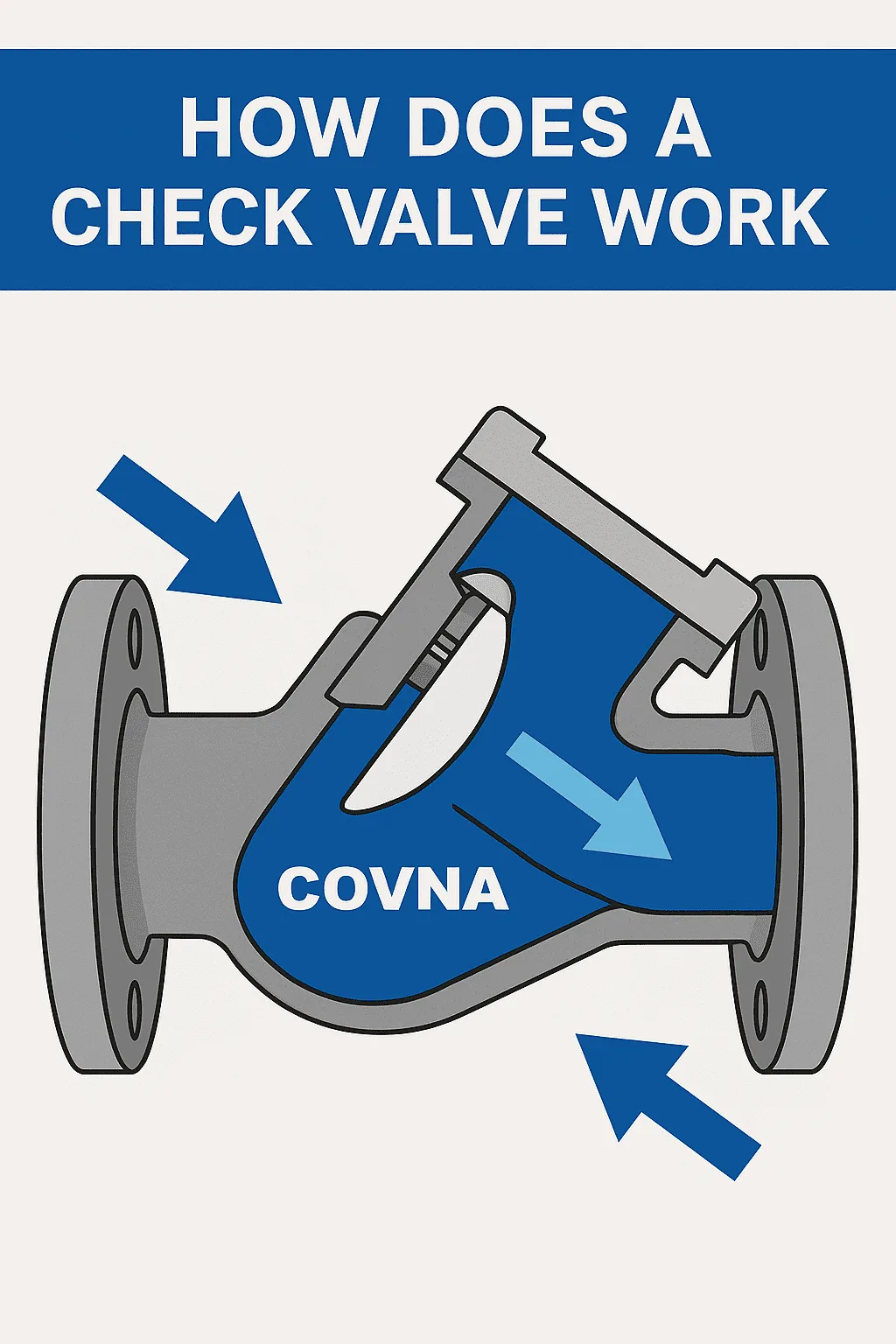
How Does a Check Valve Work? A COVNA Technical Insight
Understanding how does a check valve work is key to appreciating its role in fluid systems. A check valve is designed to allow flow in one direction while effectively preventing reverse flow. This simple yet efficient mechanism protects equipment and systems from damage due to backflow.
At its core, a check valve consists of a movable component—such as a ball, disc, or poppet—that responds to pressure differences. When fluid moves in the intended direction, the pressure pushes the part open, allowing the fluid to pass. If the flow reverses, the component shifts into a closed position, stopping any backflow. COVNA engineers design these valves with precision, ensuring durability and reliable performance under various operating conditions.
By reducing turbulence and preventing unwanted fluid movement, check valves contribute to improved efficiency and safety in hydraulic and pneumatic systems. Learning how does a check valve work not only informs proper system management but also highlights the value of quality components like those offered by COVNA.
